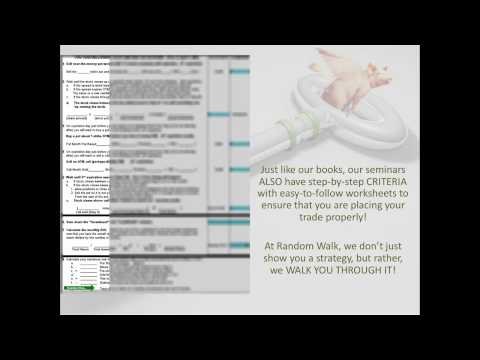SAFT ON WEALTH In praise of the cockroach portfolio
Post on: 16 Март, 2015 No Comment

Published: 19:54 GMT, 30 October 2014 | Updated: 19:54 GMT, 30 October 2014
By James Saft
Oct 30 (Reuters) — Everyone wants to be an eagle in investing and most fail, but the important thing to remember is: everyone can be a cockroach.
The story of the past 25 years in investing is largely one of taking an increasingly complex and opportunistic approach, with much emphasis on illiquid and opaque holdings.
This is best exemplified, among large long-term investors, by the widespread adaption of the Endowment Model, sometimes called the Yale Model because it was pioneered there with great success by David Swensen. Under this model, the traditional debt and equity mix is eschewed in favor, partly, of higher concentrations in private equity, hedge funds, commodities and sometimes land.
Risk management, under this model, is usually down to quantitative models of expected portfolio characteristics.
This approach, in essence, is too clever for its own good, argues Bob Maynard, Chief Investment Officer at the $14.7 billion Public Retirement System of Idaho. While risk management difficulty rises as portfolios and underlying investments become more complex, a simpler approach can offer better stability.
The cockroach lives in a highly complex environment with one of the best long-term success rates of any creature. Yet it has only one defense mechanism — running in the opposite direction from a puff of air,www.the300club.org/WhitePapers.aspx)
The equivalent for the investment world is, at the core, a very simple structure founded upon public market diversification with one basic defense mechanism: see a volatile movement, react in the opposite direction (i.e. rebalance into it). A simple structure and strategy, if adhered to, has one of the best chances of surviving for many decades.
Maynard was writing as a member of the 300 Club, a global group of investment professionals concerned about the long-term shift within the industry towards more costly and complex models and products.
While cockroaches, unlike managers of hedge funds and private equity, don’t build mansions in Greenwich, they do as a species survive. And what’s more, the cockroach approach to portfolio management does not depend on identifying genius, and praying that it never fails. Instead a cockroach portfolio, with a traditional spread across equity and debt and a tenacious dedication to rebalancing, whatever the weather, can do all right at low cost. Or rather can do all right in part because of low costs.
NON-LINEAR
In the good old days, think about early 1990s and before, risk management for pensions and endowments was relatively easier, in large part because nearly all holdings were transparent securities which priced constantly, and, importantly, independently. That means that when a sell-off happened, or when a bubble formed, managers could easily and quickly see what was happening. The response, and this is not rocket science, is simply to re-balance, to buy or sell that which has changed in value in order to keep one’s proportions on target.
In contrast, to manage risk when owning timberland or private equity limited partnerships is far more complex. Not only are the prices neither independent nor continuous, the efforts towards controlling these idiosyncratic risks rely mostly on math and assumptions.
Rather than following a coin flip or linear distribution, Maynard argues, markets in the short term are highly volatile, behaving more like seismographic data, including earthquakes, than a normal random distribution of movements.
The good news is this smoothes out over longer periods, but the bad news for endowments is the tools they have are ill-suited to the risk-management task at hand.
During the financial crisis, the different nature of shorter-term markets turned out to offer only opportunities for pain, not gain, for the endowment model because it is opaque and non-transparent, relying instead on quantitative risk-control systems and models, Maynard writes.
Be it value-at-risk, with its naive coin-tossing assumptions, or regression analysis, with its reliance on linear relationships, all of these tools inevitably fail when markets, as they inevitably do, erupt.
Think of it this way. Managing based on risk-management tools is like flying an airplane by instruments. But instrument flying is predicated on the fact that mountains don’t move, and nor do runways. Instrument flying a portfolio, which is what one is forced to do when it is chock full of complex and opaque (and expensive) products, is extremely dangerous.
Better then, in investment, to lower the altitude, if that is what is needed, so that one can fly by eye and react to those moving mountains of the financial markets.
blogs.reuters.com/james-saft) (Editing by James Dalgleish)














